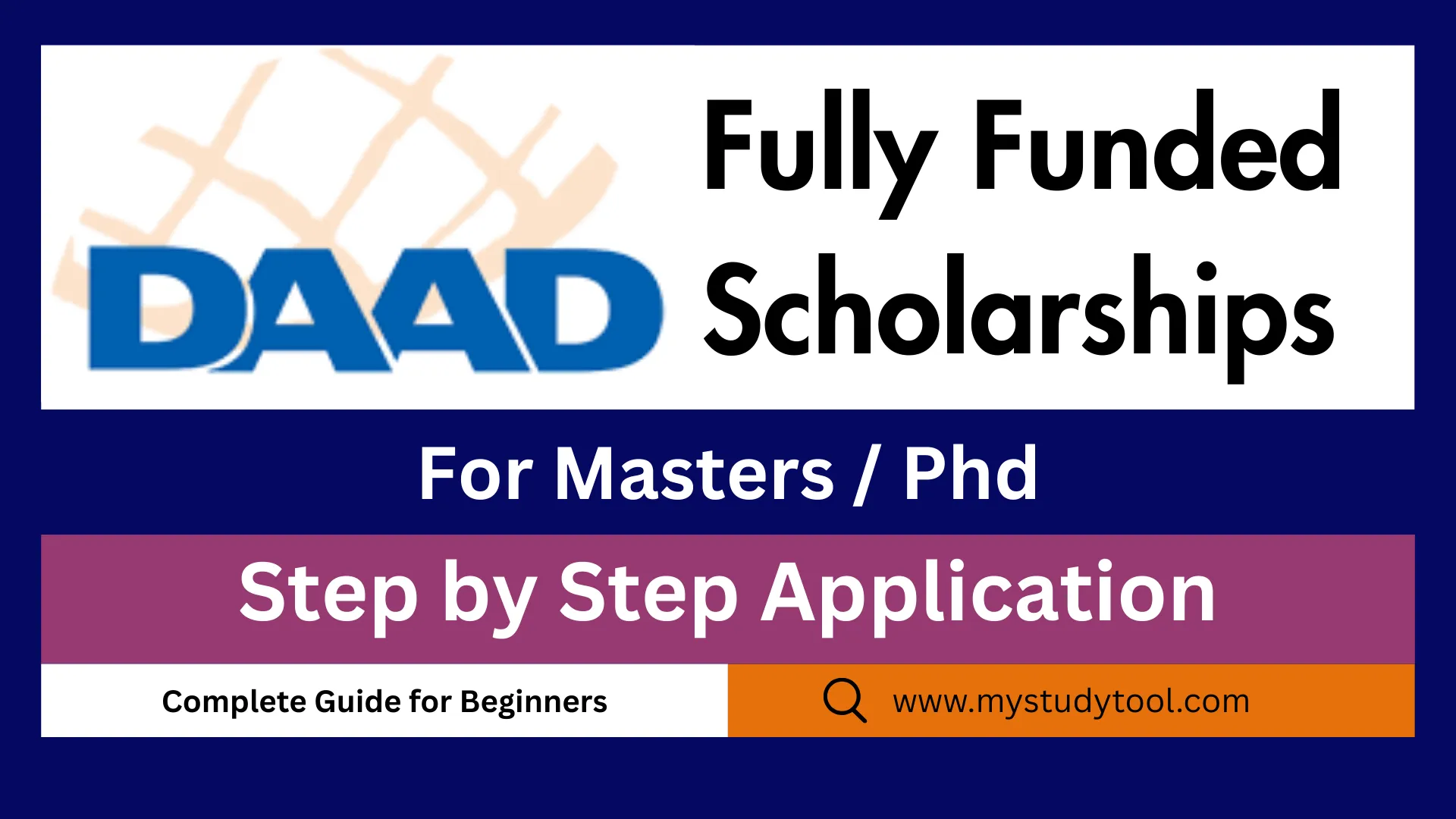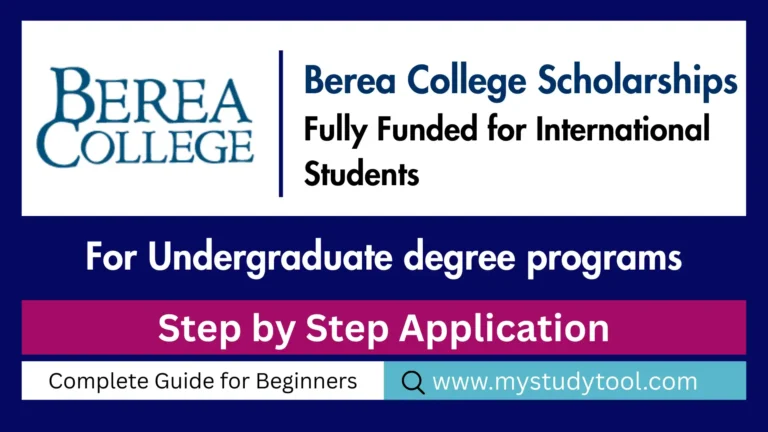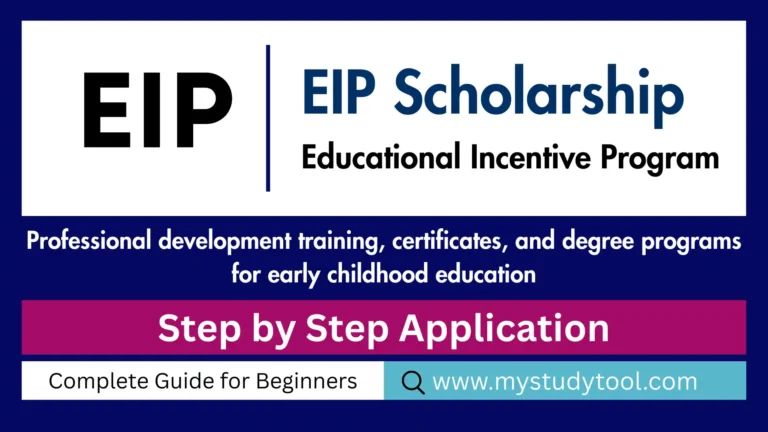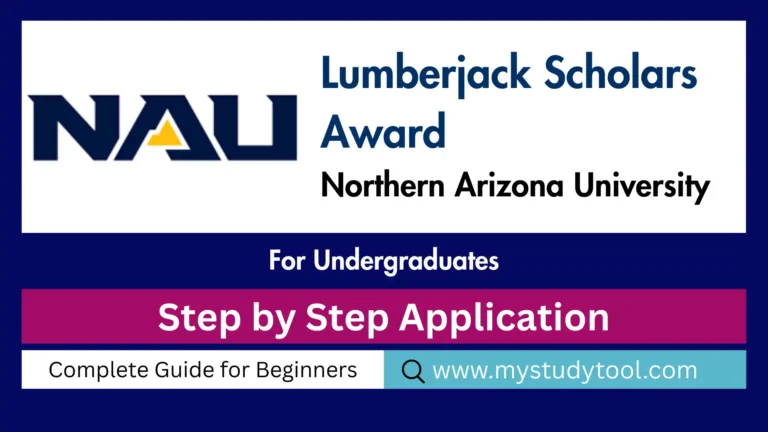DAAD scholarships typically consist of a monthly scholarship payment (currently €992 for graduate students and €1,300 for doctoral candidates, increasing to €1,400 from February 2026) and a flat-rate travel allowance. The German Academic Exchange Service (DAAD) has been Germany’s gateway to academic excellence for international students since 1925. You know what? It’s not just another scholarship program – it’s one of the world’s largest funding organizations for international academic exchange.
Honestly, when I first learned about DAAD, I was struck by their mission. They don’t just throw money at students and call it a day. Instead, they’re building bridges between cultures, fostering global partnerships, and creating tomorrow’s leaders. The organization funds over 140,000 students and researchers annually across 200+ programs. That’s a massive scale that shows their commitment to international education.
What makes DAAD unique is its holistic approach. They’re not just funding your education – they’re investing in your entire experience in Germany. From language preparation to career development, they’ve thought about every aspect of your journey. Let me rephrase that: they’ve created an ecosystem where international talent can thrive.
Scholarship Overview
Here’s what you need to know about DAAD’s scholarship landscape:
- 100+ different scholarship programs targeting various academic levels and fields
- Annual funding for 145,000 people worldwide, including students, researchers, and faculty
- Programs available in every academic discipline, from engineering to arts, business to social sciences
- Academic levels: including undergraduate exchanges, master’s degrees, PhD studies, and postdoctoral research
- Application deadlines vary by program but typically fall between October and February
- The selection process is highly competitive, with acceptance rates ranging from 5 to 15% depending on the program
- Duration ranges from short-term exchanges (1-6 months) to full degree programs (2-4 years)
- Language requirements vary with programs available in English, German, or both
- Target countries include over 200 nations with specific programs for different regions
Also read: Yale University Scholarships 2026 (Fully Funded)
DAAD Scholarship Coverage
So, what exactly does a DAAD scholarship cover? Well, it’s comprehensive and more generous than many students realize. The coverage isn’t just about tuition – it’s designed to support your entire living experience in Germany.
- Monthly stipend payments – €992 for graduate students, €1,300-€1,400 for doctoral candidates (increasing to €1,400 in February 2026)
- Health, accident, and personal liability insurance – Complete medical coverage during your stay in Germany
- Travel allowance – Round-trip flights between your home country and Germany
- Study and research allowance – Annual allowance of €460 for books, materials, and research expenses
- Family support benefits – Partner allowance of €276 per month, child allowance of €255 per month per child
- Language course funding – German language preparation courses, when required for your program
- Study allowance for materials – Additional funding for specialized equipment or research materials
- Rent allowance in specific cases – Additional housing support for certain programs or locations
- Important note about tuition fees – DAAD scholarships typically do not cover tuition fees at German universities; they primarily cover living expenses
- Part-time work allowance – You can work part-time, but income exceeding €450 per month will be deducted from your scholarship stipend
Also read: Japanese Government (MEXT) Scholarship for International Students
Eligibility Criteria for DAAD Scholarships
Now, here’s where things get specific – and honestly, a bit tricky. DAAD eligibility isn’t one-size-fits-all because it has many different programs. But some common threads run through most applications. Let me walk you through what they’re typically looking for.
- Academic excellence requirement – Minimum GPA equivalent to German grade 2.5 or better (varies by program)
- Completed undergraduate degree – Bachelor’s degree from a recognized institution for master’s programs
- Professional experience requirement – At least 2 years of relevant work experience for postgraduate scholarships
- Language proficiency standards – English or German language certification, depending on program
- Nationality restrictions – Available to citizens of developing and emerging countries (specific list varies by program)
- Age limitations – No strict age limit for most programs, but the latest academic degree should not be older than 6 years; some programs prefer applicants under 36
- Return commitment – Applicants must demonstrate an intention to return to their home country after studies
- Development relevance – Motivation must relate to development goals and social responsibility
- Health insurance eligibility – Must be able to obtain German health insurance
- No dual nationality restrictions – German citizens or those with German permanent residence are typically excluded
- Academic field alignment – Studies must align with home country development priorities
- University admission requirement – Must secure admission to a German university (for degree programs)
Required Documents
The document requirements can feel overwhelming at first – I mean, there’s quite a bit to gather. But here’s the thing: they want to see the complete picture of who you are academically and professionally. Take your time with these because they matter.
- Academic transcripts and certificates – Official records from all previous institutions, translated and certified
- Language proficiency certificates – TOEFL, IELTS, TestDaF, or DSH results, depending on program language
- Curriculum vitae – Detailed academic and professional CV following German format standards
- Letter of motivation – 1-2 page statement explaining your goals, motivation, and development relevance
- Letters of recommendation – 2-3 academic or professional references with specific evaluation forms
- Research proposal – Detailed project outline for research-based programs (PhD, postdoc)
- University admission confirmation – Letter of acceptance or conditional admission from a German institution
- Passport copy – Valid passport with at least 18 months remaining validity
- Employment confirmation – Employer confirmation with proof of employment and re-employment guarantee
- Financial statements – Bank statements or financial guarantees from sponsors
- Medical certificate – Health clearance from an authorized medical practitioner
- Study plan – Detailed academic schedule and timeline for your German studies
Also read: Required Scholarship Documents: 47 Must-Have Documents
How to Apply for DAAD Scholarships
Alright, let’s talk about the actual application process. This is where many students get stuck, not because it’s impossibly difficult, but because there are multiple pathways and they’re not always clear about which one to take.
- Step 1: Research program alignment – Use DAAD’s scholarship database to find programs matching your field, level, and nationality requirements
- Step 2: Contact German universities – Apply to German universities offering your selected programs first
- Step 3: Prepare language certification – Take required language tests (TOEFL, IELTS, TestDaF) well before deadlines
- Step 4: Gather required documents – Collect, translate, and certify all necessary paperwork following specific format requirements
- Step 5: Complete online application – Submit through the DAAD portal with all supporting documents uploaded
- Step 6: Submit recommendation letters – Ensure referees complete their evaluations before the deadline
- Step 7: Wait for initial screening – DAAD reviews applications and conducts preliminary selection (2-3 months)
- Step 8: Interview preparation – If shortlisted, you’ll be invited for interviews
- Step 9: Final selection notification – Results typically announced 4-6 months after application deadline
- Step 10: Pre-departure preparation – Complete visa applications, housing arrangements, and orientation programs
Also read: Gates Cambridge Scholarship 2026 | How to Apply
Application Deadline
Here’s what you need to know about timing – and honestly, this trips up a lot of applicants. DAAD doesn’t have one universal deadline because different programs run on different cycles. Most major scholarship programs follow these patterns:
Master’s Programs: Applications typically due between October 31 and February 28, depending on the specific program and university partnership.
PhD and Research Scholarships: Deadlines usually fall between November 15 and January 31, with some specialized programs having different cycles.
Short-term Scholarships: These often have multiple application rounds throughout the year, with deadlines in March, July, and November.
Development-Related Programs: Application deadlines typically run from October to February for the following academic year.
Here’s something important I’ve noticed: successful applicants often start preparing 12-18 months before their intended start date. That gives you time to improve language skills, strengthen your academic profile, and craft a compelling application.
Official Website
For the most current and detailed information about DAAD scholarships, eligibility requirements, and application procedures, visit the official DAAD website.
The scholarship database section allows you to search for specific programs based on your nationality, academic level, and field of study. You’ll also find country-specific information and contact details for DAAD offices worldwide.
Also, check other scholarships in Germany: Scholarships in Germany
Frequently Asked Questions (FAQs)
How much money do you get from the DAAD scholarship?
DAAD scholarships provide €992 per month for graduate students and €1,300 per month for doctoral candidates. From February 2026, PhD students will receive €1,400 monthly. You also get a travel allowance for flights and health insurance coverage.
Can I work while on a DAAD scholarship?
Yes, you can work part-time while on a DAAD scholarship. However, if you earn more than €450 per month from your job, DAAD will reduce your monthly scholarship payment by the extra amount you earn.
Does the DAAD scholarship cover tuition fees?
No, DAAD scholarships do not cover tuition fees at German universities. The scholarship mainly covers your living expenses, travel costs, and insurance. Most public German universities charge low or no tuition fees anyway.
What is the age limit for a DAAD scholarship?
There is no strict age limit for DAAD scholarships. However, your most recent academic degree should not be older than 6 years when you apply. Some specific programs may prefer applicants under 36 years old.
Can I bring my family with a DAAD scholarship?
Yes, DAAD provides family support benefits. You can get €276 per month for your spouse or partner and €255 per month for each child. Your family members will also be included in the health insurance coverage.
How competitive is the DAAD scholarship?
DAAD scholarships are highly competitive. Acceptance rates range from 5% to 15% depending on the specific program. They receive thousands of applications each year for limited spots, so strong academic records and clear motivation are essential.
Which countries are eligible for a DAAD scholarship?
DAAD scholarships are available to citizens from developing and emerging countries worldwide. The eligible country list varies by program, but includes most countries in Africa, Asia, Latin America, and Eastern Europe.
How long does a DAAD scholarship application take?
The complete application process takes 6-8 months from submission to final decision. After you submit your application, initial screening takes 2-3 months, followed by interviews for shortlisted candidates, then final results in 4-6 months.
Can I extend my DAAD scholarship?
Extensions are possible in special cases, such as delays due to research complications or family emergencies. You must apply for an extension before your current scholarship ends and provide a strong justification for the additional time needed.
What happens after the DAAD scholarship ends?
After your scholarship ends, you are expected to return to your home country. DAAD tracks this through its alumni network. Some scholars can apply for additional funding for short research stays, but permanent residence in Germany is not part of the program.







